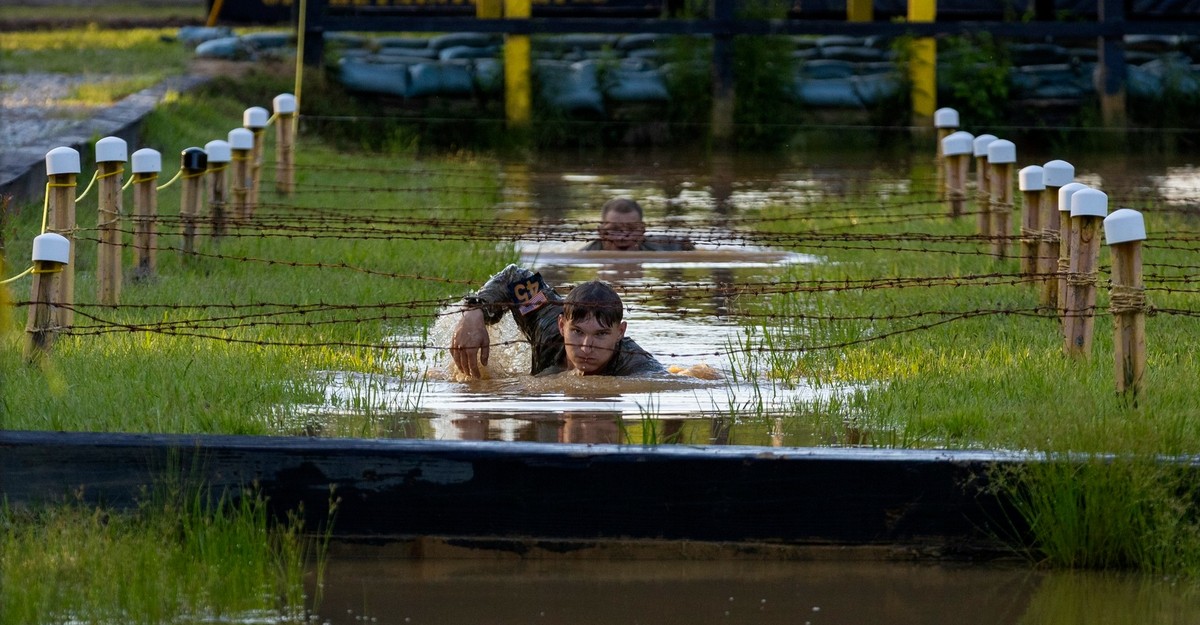“`html
As climate change accelerates, the agricultural sector faces unprecedented challenges, prompting farmers to adopt innovative practices. On September 15, 2023, in a landmark conference in San Francisco, experts gathered to discuss sustainable farming strategies that can mitigate the impacts of global warming and ensure food security.
Understanding the Impact of Climate Change on Agriculture
Climate change is rapidly altering the agricultural landscape, with rising temperatures, unpredictable weather patterns, and increased pest populations threatening crop yields. According to the United Nations Food and Agriculture Organization (FAO), global food production must increase by 70% by 2050 to meet the demands of a growing population, even as climate change complicates these efforts.
“Farmers are at the frontline of climate change,” says Dr. Emily Carter, an agronomist at Stanford University. “They need to adapt quickly to survive, which means embracing new technologies and practices.” This sentiment echoes through the agricultural community as traditional farming methods face scrutiny and innovation becomes crucial.
Innovative Farming Techniques on the Rise
In response to these challenges, farmers are increasingly turning to sustainable practices. Techniques such as regenerative agriculture, precision farming, and agroforestry are gaining traction. Regenerative agriculture, which focuses on restoring soil health and biodiversity, has shown promising results. A study published in the journal Nature Sustainability found that farms implementing regenerative practices can sequester up to 1.5 billion tons of carbon dioxide annually.
- Regenerative Agriculture: Enhances soil health and increases biodiversity.
- Precision Farming: Utilizes technology to optimize field-level management regarding crop farming.
- Agroforestry: Integrates trees and shrubs into crop and livestock systems to improve productivity and sustainability.
Farmers across the United States are reporting favorable outcomes from these sustainable practices. “Since switching to regenerative methods, I’ve seen a 30% increase in yield and a significant decrease in water usage,” shares John Martinez, a fourth-generation farmer from California. “This approach not only benefits my farm but also helps the environment.”
The Role of Technology in Sustainable Agriculture
Technology plays a pivotal role in the transition to sustainable agriculture. Innovations such as drone technology, AI-powered analytics, and smart irrigation systems are transforming traditional farming. For instance, drones are being used to monitor crop health and optimize pesticide application, reducing both costs and environmental impact.
According to a report by the Food and Agriculture Organization, the global smart agriculture market is expected to reach $26 billion by 2025. This growth underscores the importance of technology in helping farmers adapt to climate changes. “Investing in technology is essential for the future of agriculture,” highlights Dr. Sarah Thompson, a leading researcher in agricultural technology. “It allows farmers to make data-driven decisions that can lead to better outcomes.”
Policy and Support for Sustainable Practices
Government policy plays a crucial role in facilitating the shift towards sustainable agriculture. Financial incentives, grants for sustainable practices, and research funding are vital for encouraging farmers to adopt new methods. The recent Farm Bill in the U.S. includes provisions for climate-smart agriculture, aiming to allocate $5 billion towards supporting farmers in adopting sustainable practices.
However, challenges remain. Many farmers, especially smallholders, struggle with the initial costs of transitioning to sustainable methods. “We need more support at the grassroots level,” insists Maria Gonzalez, a representative from the National Farmers Union. “Without proper funding and education, many farmers will be unable to make these necessary changes.”
The Future of Agriculture: A Collaborative Approach
As climate change continues to pose a threat to food security, collaboration among stakeholders is essential. Researchers, farmers, policymakers, and consumers must work together to create a more resilient agricultural system. Initiatives that promote knowledge sharing and innovation can empower farmers to adopt sustainable practices successfully.
The upcoming International Conference on Climate and Agriculture, scheduled for November 2023, aims to foster collaboration among these groups. “This conference is a crucial step in bringing together diverse voices to address the challenges we face,” states Dr. Rachel Lee, an organizer of the event. “Only by working together can we create effective solutions.”
Conclusion: Embracing Change for a Sustainable Future
The agricultural sector stands at a crossroads as it confronts the realities of climate change. While the challenges are significant, the potential for innovation and sustainable practices offers a hopeful path forward. By leveraging technology, implementing sustainable farming techniques, and fostering collaboration among stakeholders, the industry can navigate these turbulent waters.
Farmers, researchers, and policymakers must work hand-in-hand to ensure food security in a changing climate. As Dr. Carter aptly puts it, “The future of farming lies in our ability to adapt and innovate. We have the tools, and it’s time to use them.”
For farmers and consumers alike, embracing these changes is not just beneficial; it is imperative for a sustainable future. To learn more about how you can support sustainable agriculture in your community, visit local agricultural organizations or participate in forums discussing these critical issues.
“`



